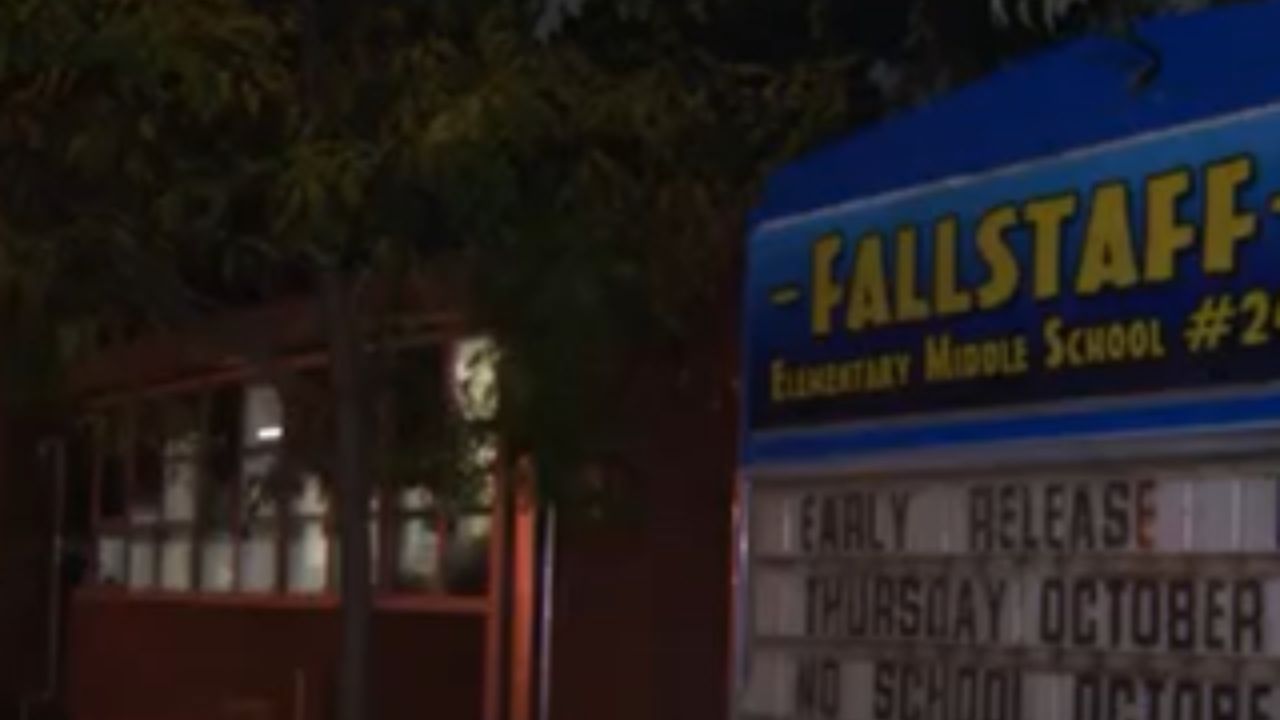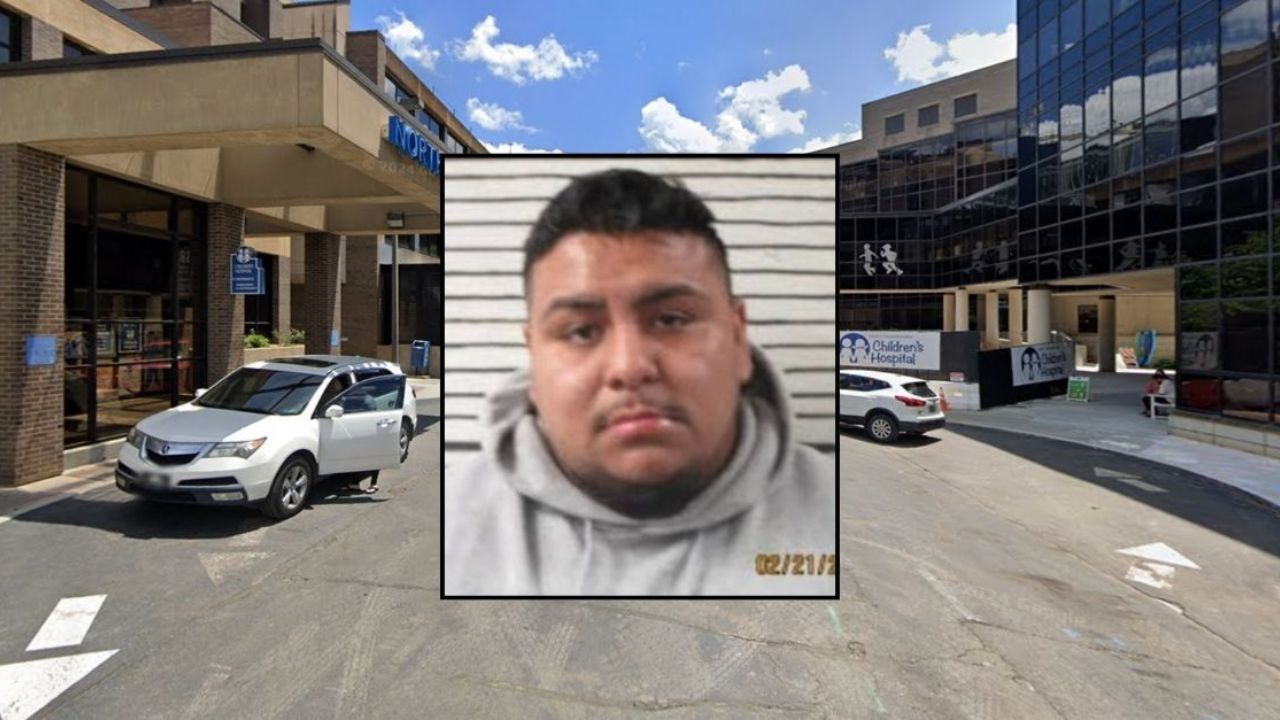Baltimore, MD – A raccoon that tested positive for rabies was captured inside Fallstaff Elementary Middle School in Baltimore on Tuesday, prompting swift action from staff and city health officials. Authorities confirmed that no students or staff were injured, and the school will remain open following the incident.
The Incident: Rabid Raccoon Found Inside School
According to the Baltimore City Health Department, the raccoon was first seen outside the school during dismissal before entering the building through an open door. School staff acted quickly to prevent further danger to students.
Officials reported that the animal was safely contained under lockers using trash cans until Animal Control officers arrived at the scene. The department later confirmed that the raccoon tested positive for rabies, raising immediate health and safety concerns for anyone who may have come into contact with the animal.
“We take any potential rabies exposure seriously, especially in a school setting,” said Dr. Michelle Taylor, Baltimore City Health Commissioner. “We appreciate the school staff’s quick thinking to contain the raccoon and ensure the safety of the students.”
Investigation and Response from Health Officials
The Baltimore City Health Department, in coordination with the Maryland Department of Health, initiated immediate safety measures after the incident. Officials said no students or staff members were believed to have been bitten or scratched by the raccoon.
The health department confirmed that the section of the school where the raccoon was captured will remain closed for professional cleaning and disinfection. However, Fallstaff Elementary Middle School will remain open for regular classes, with heightened monitoring and communication between school administrators and public health authorities.
Health experts are continuing to track potential exposure cases and have urged community members to report any direct or indirect contact with the raccoon before its capture.
Statements and Community Reassurance
City officials have reassured parents and the community that the school acted quickly to prevent harm. The rapid containment of the raccoon prevented any potential exposure within classrooms or common areas.
“The safety of our students and staff remains our top priority,” said a school district spokesperson. “We are grateful for the calm and decisive actions taken by our school employees and the prompt response by Animal Control.”
The Baltimore City Animal Control team has been working to ensure that no other animals in the area show signs of rabies or illness. They are conducting follow-up patrols around the school grounds to assess any lingering wildlife activity.
Background: Understanding Rabies and Public Safety Measures
Rabies is a viral disease that affects the central nervous system and can be fatal if left untreated. It is commonly spread through the bite or saliva of infected animals, such as raccoons, bats, foxes, and skunks.
According to the Centers for Disease Control and Prevention (CDC), rabies exposures in urban areas are rare but require immediate medical evaluation if contact occurs. Baltimore officials emphasized the importance of keeping doors and windows closed, avoiding wildlife interactions, and reporting unusual animal behavior to authorities.
Ongoing Monitoring and Next Steps
The Baltimore City Health Department has advised anyone who may have had direct contact with the raccoon outside the school to contact their office at 410-396-4436 for medical guidance and potential post-exposure treatment.
The department continues to monitor the school grounds and collaborate with the Maryland Department of Health to ensure no further risk to students or staff. Officials also confirmed that the cleaning process will be supervised by certified sanitation experts to ensure complete disinfection before reopening affected areas.
Conclusion
The swift and coordinated response by school staff and Baltimore health officials prevented what could have been a dangerous situation. As investigations continue, the incident serves as a reminder of the importance of public awareness and prompt reporting when dealing with potentially rabid wildlife near schools and residential areas.
What are your thoughts on this incident and how schools can improve wildlife safety? Share your opinions in the comments below.




